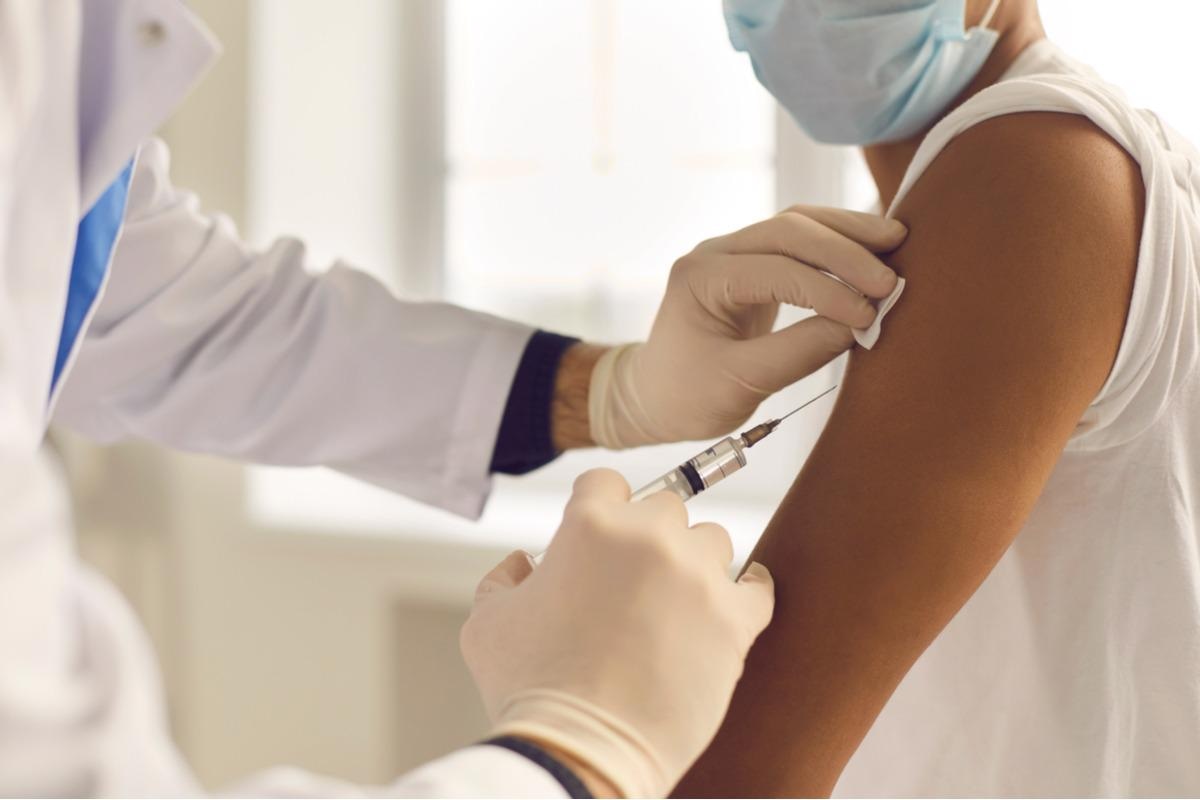The B.1.1.529 variant, also known as Omicron, was first reported to the World Health Organization (WHO) from South Africa in November 2021.
Omicron is speculated to escape passive immune therapy of COVID-19 by convalescent plasma (CCP). Additionally, this variant exhibits a higher reinfection rate.
Study: SARS-CoV-2 vaccination of convalescents boosts neutralization capacity against SARS-CoV-2 Delta and Omicron that can be predicted by anti-S antibody concentrations in serological assays. Image Credit: Studio Romantic/Shuttershock
The study
A new study published in the medRxiv* preprint server assessed the neutralization capacity of sera from convalescents—some even vaccinated—against the Wuhan (D614G), Delta and Omicron variants.
The primary objective was to find out if superimmunized individuals, i.e. vaccinated convalescents, had cross-neutralization capacity against Omicron – sufficient to be considered as plasma donors for passive immune therapy.
Here, serum samples were extracted from individuals with SARS-CoV-2 infection – with or without SARS-CoV-2 vaccination. Analysis was done through two commercially available assays according to the instructions of the manufacturer. Study approval was granted by the Ethical Committee of University of Ulm and Ethical Committee II, Heidelberg University.
Findings
The study cohort comprised 66 individuals with a history of SARS-CoV-2 infection. The group without vaccination contained 29 and that with vaccination harbored 37 participants.
The results revealed that non-vaccinated individuals with a history of infection exhibited Wuhan D614G neutralizing titers of 249, whereas neutralization of Delta and Omicron was undetectable (i.e. below a titer of 20) in 13.8% and 65.5% of convalescent individuals. On the other hand, convalescents who had received at least one vaccination dose had significantly higher neutralizing titers compared to non-vaccinated convalescents.
Of note, neutralizing titers against Wuhan D614G and Omicron did not significantly differ in convalescents after vaccination. Moreover, for all three variants of concern (VOCs), neutralizing titers were not significantly different between subjects who received either one or two vaccination doses. Meanwhile, neutralizing titers against Wuhan D614G and Delta were significantly higher among participants with an interval ≤ 90 days since the last vaccination dose as compared to those with intervals >90 days. However, for Omicron no such significant difference was found.
In addition, the correlation matrix of 50% neutralization titer (NT50) against Wuhan D614G, Delta and Omicron revealed good correlations between all five assays, in particular between the two anti-SARS-CoV-2 serological assays and the NT50 against Wuhan D614G and Delta. While the Spearman correlation between anti-SARS-CoV-2-QuantiVac-ELISA (IgG) and NT50 against Omicron or Delta was 0.88 and 0.94. The Spearman correlation between Elecsys Anti-SARS-CoV-2 S and NT50 against Omicron and Delta was 0.92 and 0.90.
Conclusion
The results were consistent with other studies which demonstrated significant immune evasion by Omicron. Hence, concerns regarding the inefficacy of antibody therapies against this VOC lingers. The findings portray in vitro resistance of Omicron to several monoclonal antibodies used clinically. Also, sera of convalescents from the first and second waves of the coronavirus disease 2019 (COVID-19) pandemic are no longer effective against the Delta and Omicron VOCs. Nevertheless, in convalescents just one dose of SARS-CoV-2 vaccination can restore in vitro neutralization potential against Delta and Omicron.
Thus, even without adaption of currently available vaccines, the broader immune repertoire in superimmunized individuals can cover novel variants, more so in the first three months after vaccination—associated with the highest neutralizing titers.
It was stated that systematic screening of convalescent, vaccinated donors using commercially available high-throughput serological assays can identify plasma donors with very high SARS-CoV-2 antibody concentrations, who also have very high in vitro neutralizing titers against Wuhan D614G, Delta and Omicron.
Hence, for future convalescent plasma programs, superimmunized donors with previous infection plus at least one dose of a SARS-CoV-2 vaccination (preferably within the last 3 months) must be chosen as donors. These individuals harbor very high SARS-CoV-2 antibody concentrations.
Meanwhile, the concept of early, very high titer CCP from curated superimmunized donors must be investigated in clinical trials.
*Important notice
medRxiv publishes preliminary scientific reports that are not peer-reviewed and, therefore, should not be regarded as conclusive, guide clinical practice/health-related behavior, or treated as established information.
